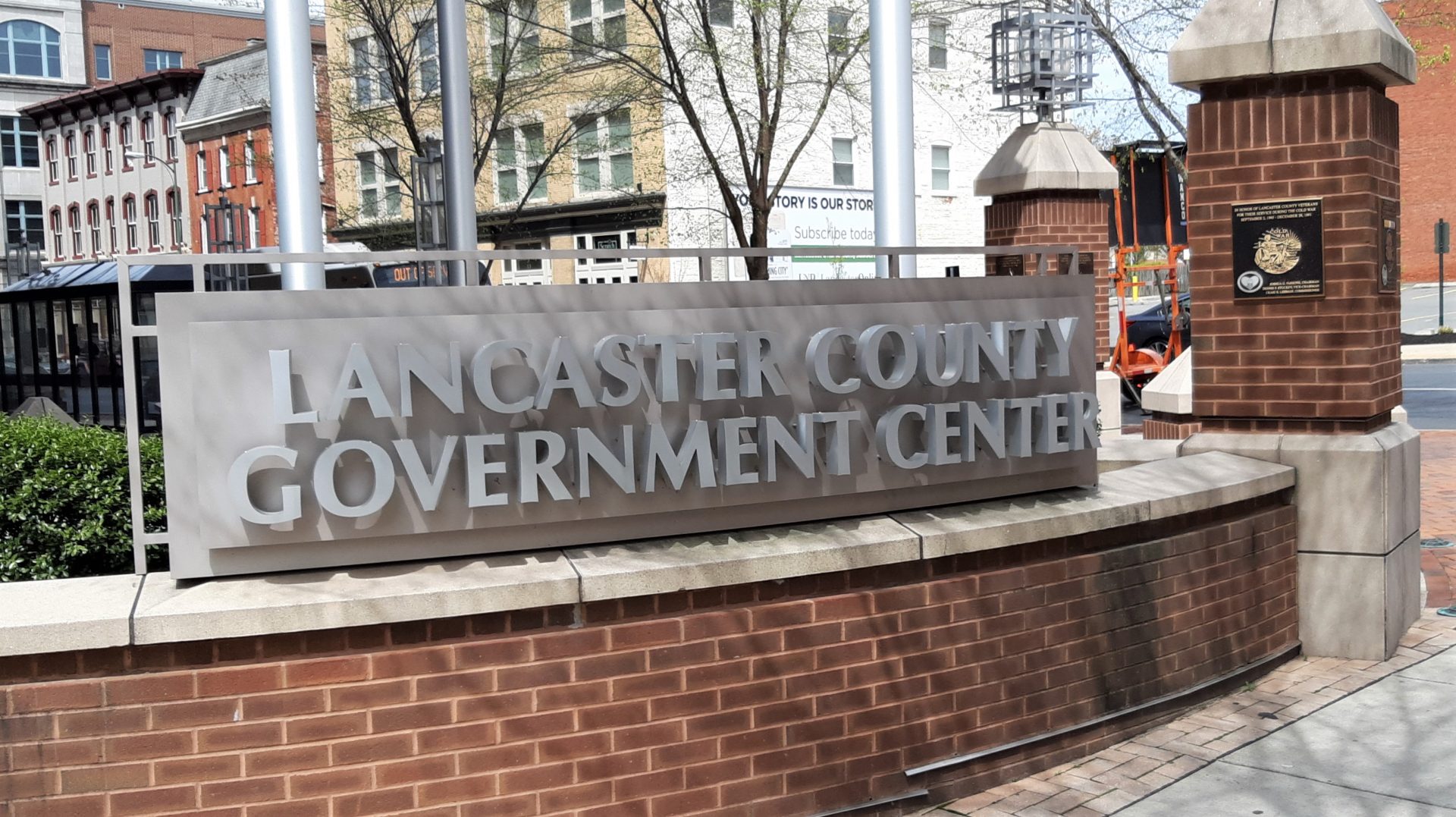Lancaster County is providing for broad-based raises for government staff in its 2023 budget, but a mix of operational efficiencies, grants, savings from prior years and newly robust interest earnings will allow it to do so without a tax increase.
The 2023 budget resolution is set to be introduced at the commissioners’ meeting Wednesday morning, setting the stage for their vote on the spending plan on Dec. 21. A copy of the resolution is available in the agenda packet and will be posted after the meeting on the “Budget & Financial Information” page on the county website.
The legislation keeps the county’s millage rate unchanged at 2.911 mills.
“This will mark a decade without the county raising taxes,” Commissioner Josh Parsons noted. The last increase was enacted in 2012 for 2013; the only change since then was an adjustment downward from 3.735 mills to 2.911 mills, which took effect in 2018 to offset the countywide property value reassessment. (One mill equals $1 per $1,000 of assessed property value.)
Budget meeting set for next Tuesday
An evening meeting on the county budget is set for 6 p.m. Tuesday, Dec. 6, in conference room 102/104 at the Lancaster County Government Center, 150 N. Queen St.
Budget Services Director Patrick Mulligan will give a presentation on the spending plan; members of the public will have an opportunity to make comment and ask questions of him and the county commissioners.
The budget resolution calls for general fund expenditures of $178.4 million against projected receipts of $178.6 million, resulting in a projected increase of a little over $200,000 in the county’s general fund balance, which would finish 2023 at $61.6 million.
The county is budgeting $98.1 million in the general fund for payroll and fringe benefits, up 10.3% over 2022. Benefits costs have risen $6 million over the past three years, Budget Services Director Patrick Mulligan said.
In past years, the county included funding in the budget for positions that remained vacant. That’s not the case for 2023, Mulligan said: The spending plan hews closely to the number of people actually on payroll.
Earlier this month, the county Salary Board approved a new salary structure intended to bring compensation for the county’s roughly 1,200 nonunion employees in line with market rates. It will raise pay rates for most of them beginning in January.
In general, the raises are being phased in: 50% of the increase will come Jan. 1, followed by 25% mid-year, and the final 25% on Jan. 1, 2024.
The budget for operating expenses other than staff compensation is up about $2 million, to $37 million. The county now has a dedicated capital budget; accordingly, the general fund’s allocation for capital projects is down 37%, to $1.3 million.
Mulligan said county department heads worked hard to find efficiencies wherever they could, trimming $50,000 here and $100,000 there across “a whole series” of areas.
On the revenue side, tax receipts are projected to rise 1% to $125.2 million, while state and federal grants are budgeted at $7.3 million, up nearly one-third from $5.5 million. Much of that comes from grants for election expenses, Mulligan said.
The biggest revenue enhancement comes from interest earnings. On becoming a Class 2A county this year, Lancaster County formed an investment board. Under its direction, budgeted interest earnings are expected to swell from just $110,000 in 2022 to $6.8 million in 2023.
The county’s invested principal includes tens of millions of unspent American Rescue Plan Act dollars as well as county reserves.
Local governments are allowed to use ARPA for “revenue replacement,” but the budget does not do so. There are just two line items funded with ARPA, Mulligan said: A $150,000 grant to the Lancaster Conservancy, and the county’s foreclosure diversion program.
Besides the general fund, the 2023 budget incorporates five agency budgets: Behavioral Health/Developmental Services, Children & Youth, Domestic Relation, Drug & Alcohol and the Office of Aging. The majority of their budgets come from federal and state grants.
For 2023, their budgeted funding totals $109.6 million, of which $13.6 million represents matching funds from the county. Budgeted expenditures are $110.1 million, necessitating a roughly $500,000 draw on their fund balance, reducing it to a little below $20 million.






